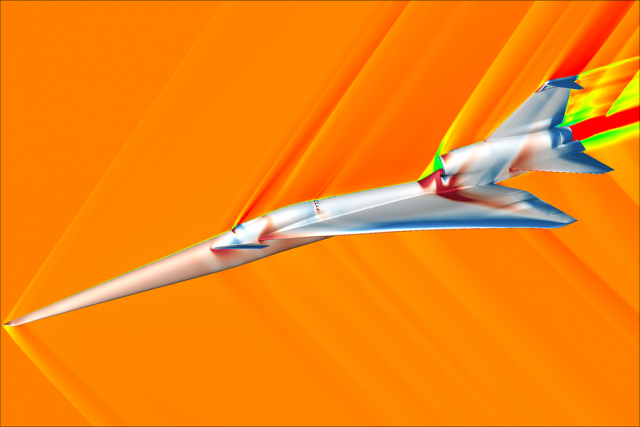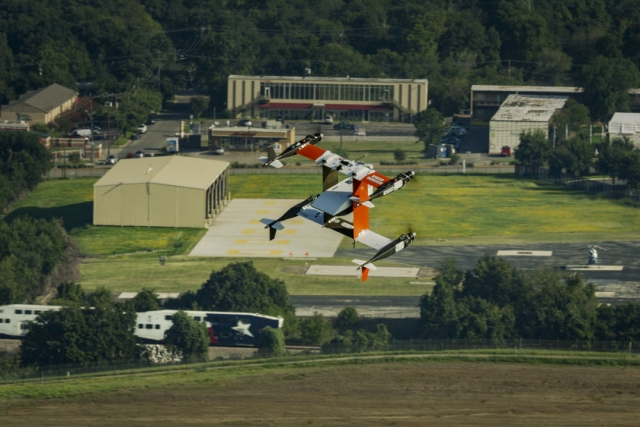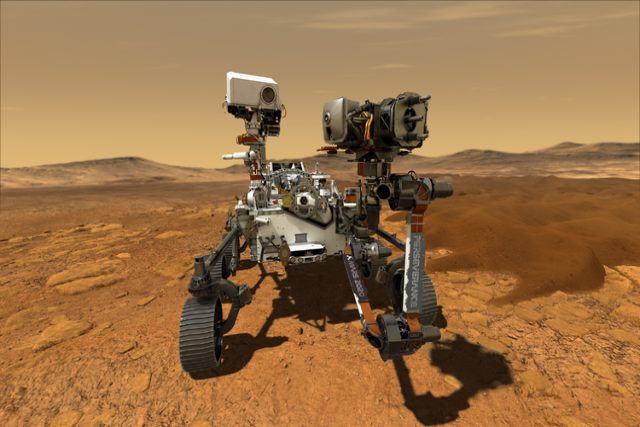NASA Supercomputer Simulates Sonic Boom-Less Supersonic Commercial Aircraft

A NASA supercomputer has simulated flight of an aircraft cruising at speeds twice that of today’s commercial jets, without generating any sound.
NASA’s X-59 Quiet SuperSonic Technology X-plane is designed to fly faster than the speed of sound without producing sonic booms – loud, startling noises which can be disruptive to humans and animals.
Currently, commercial aircraft aren't allowed to fly faster than the speed of sound over land because of the objectionable sonic booms they cause for those on the ground. This experimental plane will fly at a cruise speed roughly double that of a commercial jet while keeping aircraft noise down to a quiet “sonic thump” – or even no sound at all – as heard on the ground when the plane flies overhead at supersonic speeds.
To be sure the X-59’s design will perform within expected noise limits, NASA is working closely with its contractor, Lockheed Martin, to create a large database of computational fluid dynamics simulations to verify the aircraft’s supersonic performance. The database will include simulations for all possible combinations of the settings that a pilot uses to control the aircraft and the flight conditions that may be encountered during flight.
The X-59 is under assembly and will eventually fly piloted test flights over several U.S. cities. NASA’s simulation database will supply inputs for a flight planning tool that will be used to assist the pilot with determining optimum aircraft flight conditions during the flight tests.
Since no experimental data of the X-59 is yet available, it has been crucial to verify results from computational fluid dynamics simulations across multiple software codes to build confidence in the predictions for supersonic performance. Teams at NASA’s Ames Research Center in California’s Silicon Valley and NASA's Langley Research Center in Hampton, Virginia, worked together to ensure that multiple software codes used in this project predict similar loudness values for the X-59.
This image captures a moment from a computational fluid dynamics simulation of the X-59 aircraft concept during supersonic flight. Visualizations like this help researchers determine which surface features of the aircraft are generating shockwaves, which contribute to the sonic boom noise below the aircraft. The colors shown on the aircraft indicate surface pressure, with lower pressures in blue and higher pressures in red. The colors shown in the airspace surrounding the aircraft indicate airflow velocity, ranging from blue, indicating zero velocity to higher velocities in red. All X-59 simulations completed by the Ames team have been performed on the Pleiades supercomputer at the NASA Advanced Supercomputing facility.













